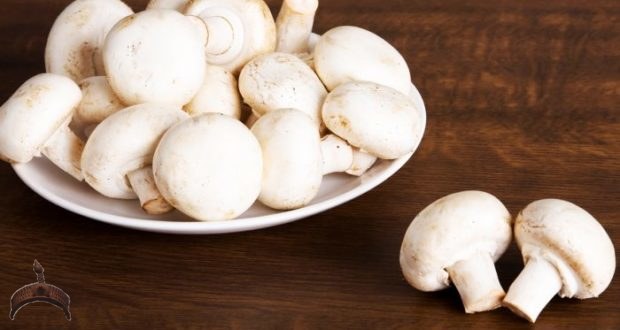Although quail isn’t commonly entirely on everyone’s dinner plate, lots of people still enjoy trying to find and eating this delicacy. Quail themselves don’t present any potentially harmful issues. However, what may create problems is precisely what these birds are eating. Quail are small scavenging fowl that consume seeds, various grains, and random insects. During migration, they move in the united states and add other types of foods with their diet—including hemlock. Hemlock is a place with a top toxicity level for many animals. Quail actually show resistance to the plant and appear to consume it without adverse effects. Unfortunately, humans don’t share this trait. Consequently, quail poisoning (aka coturnism) occurs each time a person eats a number of of those tainted fowl.
Reports of coturnism have appeared throughout history but with hardly any linking attributions. Unfortunately, many quail connoisseurs don’t understand that they are often eating tainted meat. Suspected cases often report dinner guests as struggling with vomiting, muscle soreness, and pain. These symptoms related to toxic quail are difficult to pinpoint, but many experts have linked them to eating tainted birds.Coturnism is just a rarely seen phenomenon. It’s familiar enough, though, that it ought to be recognized in the culinary community. If the tainted quail is eaten in small amounts, an individual may experience simply indigestion.However, the unlucky few who consume an excessive amount of the fouled fowl can experience permanent harm to the nervous system and the rest of the body. In the worst-case scenario, coturnism can result in coma and even death. Consequently, experts warn us to keep clear of quail in migration mode.
 Ọmọ Oòduà Naija Gist | News From Nigeria | Entertainment gist Nigeria|Networking|News.. Visit for Nigeria breaking news , Nigerian Movies , Naija music , Jobs In Nigeria , Naija News , Nollywood, Gist and more
Ọmọ Oòduà Naija Gist | News From Nigeria | Entertainment gist Nigeria|Networking|News.. Visit for Nigeria breaking news , Nigerian Movies , Naija music , Jobs In Nigeria , Naija News , Nollywood, Gist and more










